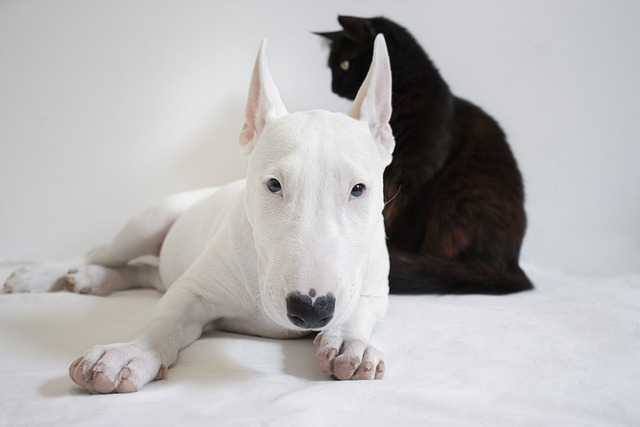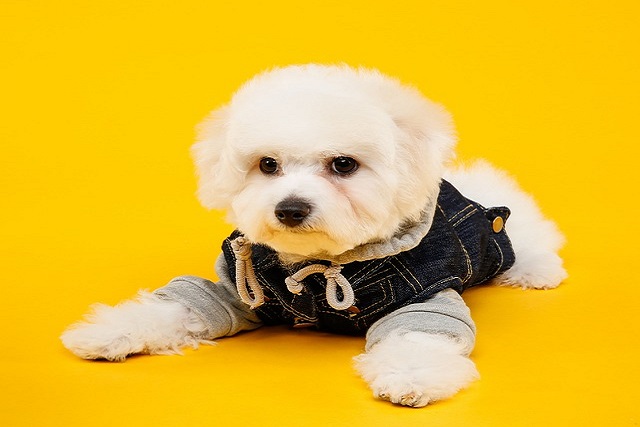
How to train your puppy to like grooming?
Grooming your puppy should be a bonding experience, not a wrestling match. But those tiny paws batting at the brush and squirms during nail trims can make it seem impossible.
Witnessing your dog’s sudden aggression is like a gut - punch. One moment they’re their usual self, and the next, they’re growling, snapping, or lunging. It’s a scary situation that can quickly spiral, especially considering local animal control laws and public safety regulations. But with the right approach, you can deescalate the moment and work towards long - term solutions.
When aggression flares up, your first move should be safety—yours, others’, and your dog’s. Stay calm, avoid making direct eye contact or loud noises that could escalate the behavior. Slowly back away without turning your back on the dog, as sudden movements might trigger more aggression. In many regions, it’s legally required to immediately separate an aggressive dog from potential targets, whether that’s other pets or people. Use barriers like doors, fences, or even large objects to create distance.
Don’t jump to conclusions about the cause. Sudden aggression often stems from hidden pain, fear, or confusion. A dog that’s never shown aggression before might lash out if they’re experiencing a toothache or a joint injury. Check your dog for any visible signs of discomfort, like limping or flinching when touched. If you suspect pain, contact your vet right away; neglecting medical issues not only endangers others but may violate animal welfare laws regarding proper care.
Once the situation is under control, start thinking about triggers. Did the aggression happen during a vet visit, around new people, or when your dog was protecting food? Identifying these patterns helps you avoid future outbursts. In areas where dog parks are popular, be aware that certain environments or interactions might set off aggressive behavior, and many parks have rules about removing dogs that pose a threat.
 Positive reinforcement training is your best friend in curbing aggression. Instead of punishing aggressive outbursts, which can make the problem worse, reward calm behavior. When your dog stays relaxed in a potentially triggering situation, offer treats, gentle praise, or a favorite toy. Consider enlisting a certified dog trainer who specializes in aggression; they can guide you through legal and ethical training methods that align with community standards.
Positive reinforcement training is your best friend in curbing aggression. Instead of punishing aggressive outbursts, which can make the problem worse, reward calm behavior. When your dog stays relaxed in a potentially triggering situation, offer treats, gentle praise, or a favorite toy. Consider enlisting a certified dog trainer who specializes in aggression; they can guide you through legal and ethical training methods that align with community standards.
Gradual desensitization can work wonders for fearful or reactive dogs. If your dog gets aggressive around other animals, start by exposing them to the sight or smell of other pets from a safe distance. Use treats to create positive associations. But always respect local leash laws and public space regulations—rushing this process in public areas can lead to fines or other legal consequences.
Modify your dog’s environment to reduce stress. If they’re territorial, limit their access to windows or doorways where they might feel the need to defend their space. Create quiet, safe zones where your dog can relax without triggers. In some regions, landlords have specific rules about pets with aggression issues, so make sure you’re in compliance with housing regulations too.
Handling sudden aggression is a marathon, not a sprint. It takes patience, consistency, and often professional help. By taking these steps, you’re not only keeping everyone safe but also fulfilling your responsibilities as a pet owner within the bounds of the law. If at any point you feel overwhelmed, reach out to local animal behaviorists, shelters, or veterinary clinics for support.

Grooming your puppy should be a bonding experience, not a wrestling match. But those tiny paws batting at the brush and squirms during nail trims can make it seem impossible.

Bringing a new puppy home is a whirlwind of joy, but those unexpected puddles on the rug can quickly turn excitement into frustration.

Discover why calming sounds, not harsh noises, are the key to reducing dog barking—backed by science and real stories of stress-free pups.

Watching your dogs snarl and snap at each other isn’t just stressful—it can quickly turn dangerous. Aggression between dogs under the same roof can stem from territory disputes, resource guarding, or even underlying anxiety.

That heart-jolting moment: the doorbell rings, and your dog transforms into a fur-covered alarm system. Whether you’re in a Brooklyn walk-up or a suburban split-level

You’re in the middle of an important video call, and your dog won’t stop barking. Or maybe it’s late at night, and your neighbor’s dog’s incessant barking is keeping you up.